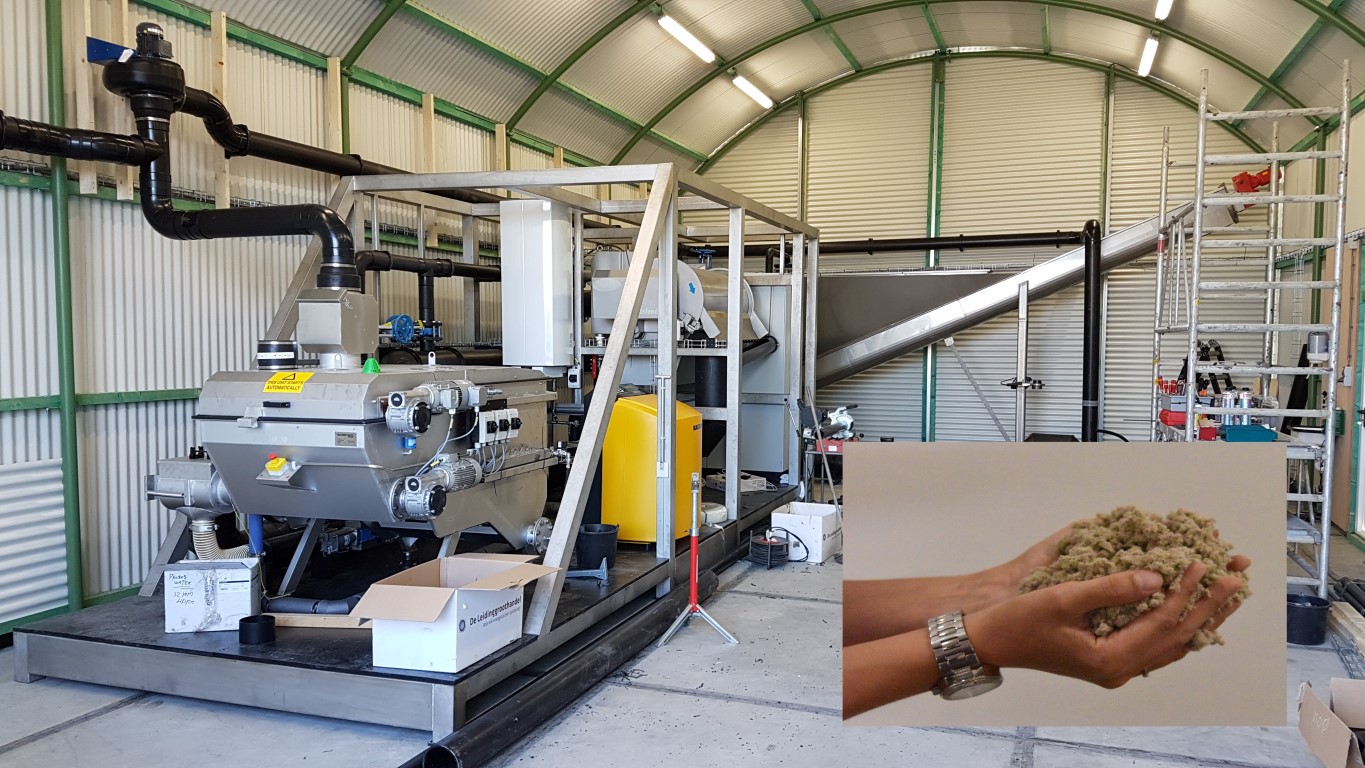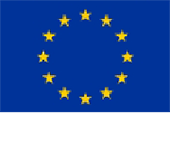|
SMARTech n. |
Integrated municipal WWTP |
Key enabling process(es) |
SMART-product(s) |
|
SMARTech1 |
Geestmerambacht (Netherlands) |
Upstream dynamic fine-screen and post-processing of cellulosic sludge |
Cellulosic sludge, refined clean cellulose |
The WWTP of Geestmerambacht is situated between Schoorldam and Koedijk, along the Noordholland Canal in the Dutch province North Holland, treating Dry Weather Flow (DWF), of 4,160 m3/h and maximum flow (FFT) of 16,300 m3/h. Anaerobic and aerobic treatment is provided for wastewater, while sludge treatment line includes the processes of thickening and dewatering.
SMARTech1 is the key to enable primary cellulose harvesting from medium-large WWTPs. It applies the primary concentration of wastewater by Salsnes Filter dynamic fine-sieve, which can enable maximal recovery of resources. The Salsnes Filter separates cellulosic sludge that is followed by post-processing inside the WWTP. The latter includes a compact sequence of operation unites imported by the paper and food industry to produce clean and marketable cellulose. The cellulosic material was also provided outside the WWTP for the downstream blending with PHA and processing for final bio-composite production (Downstream SMARTechA).
Highlights and main results
- Overall winner Aquatech Innovation Award 2017
- Recovery of 150 kg/week of recovered cellulose ReCell®
- ReCell® has been used as additive in road construction and as fibre material in bio-composites
- Reduction of CO2 emissions of 2 tonnes per ton ReCell®
Impact of the system
- Reduction in aeration energy of up to 20%
- Reduction in sludge volume up to 10%
- Reduction in Total Suspended Solids in treated influent up to 55%
- Reduction in COD in treated influent up to 30%
- Reduction of CO2 foot print of up to 15%





